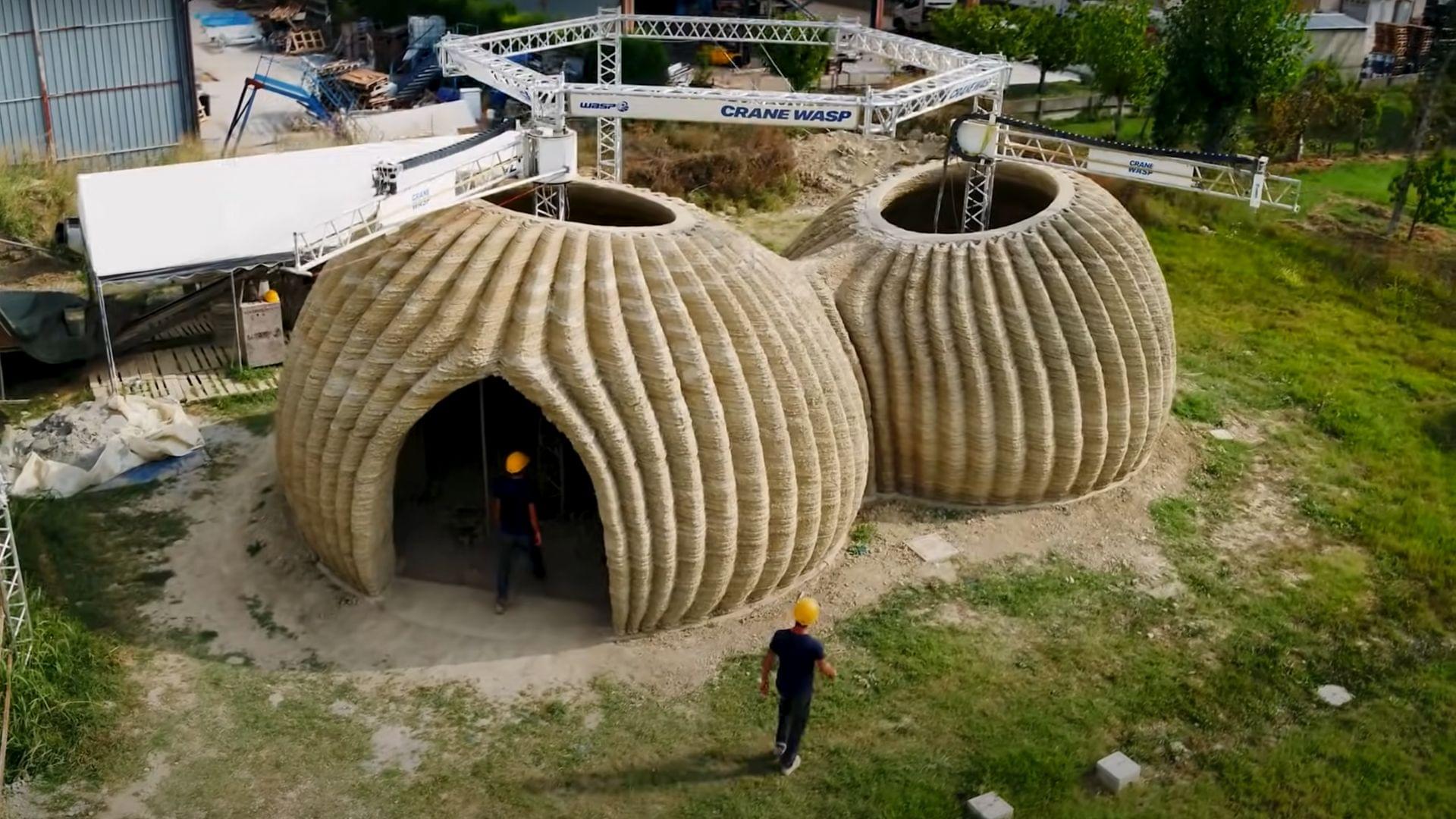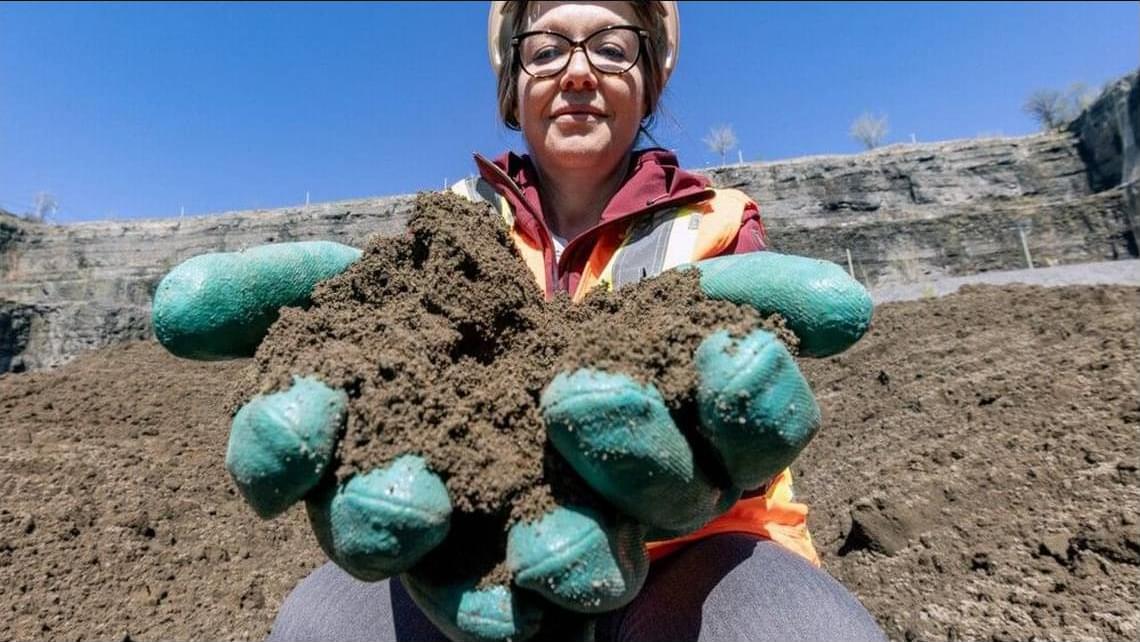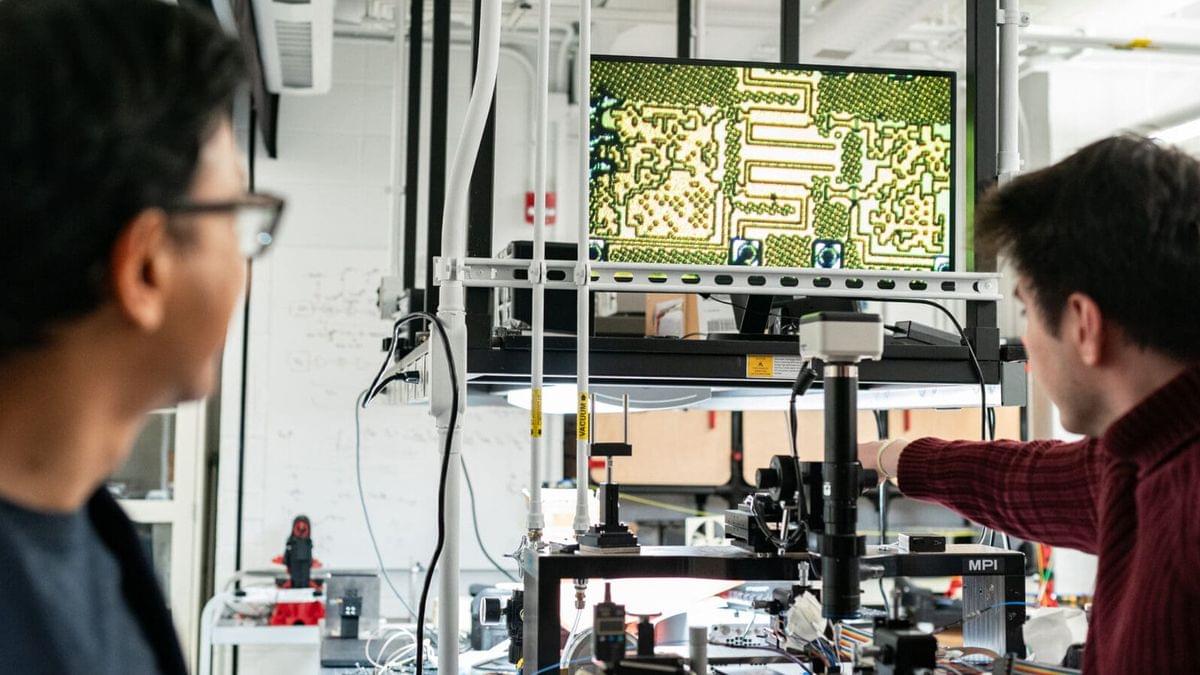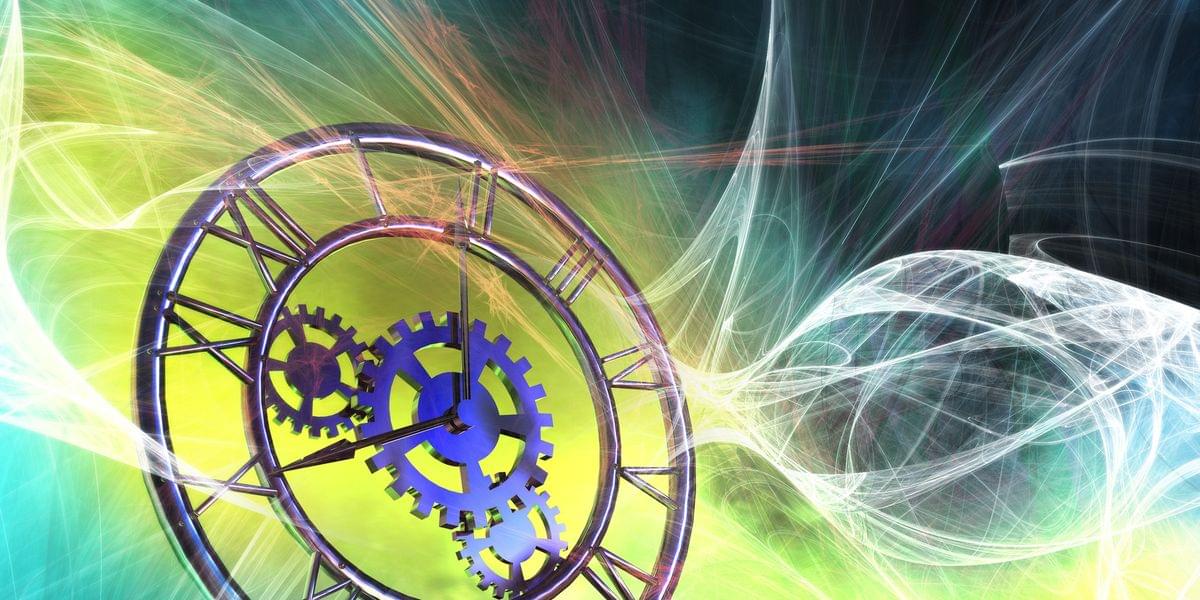The ancient peoples of the Philippines and of Island Southeast Asia (ISEA) may have built sophisticated boats and mastered seafaring tens of thousands of years ago—millennia before Magellan, Zheng He, and even the Polynesians.
In a paper in the Journal of Archaeological Science, Ateneo de Manila University researchers Riczar Fuentes and Alfred Pawlik challenge the widely-held contention that technological progress during the Paleolithic only emerged in Europe and Africa.
They point out that much of ISEA was never connected to mainland Asia, neither by land bridges nor by ice sheets, yet it has yielded evidence of early human habitation. Exactly how these peoples achieved such daring ocean crossings is an enduring mystery, as organic materials like wood and fiber used for boats rarely survive in the archaeological record.









